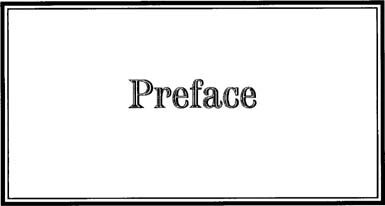Walter N. Trenerry
1962, 1985 by the Minnesota Historical Society. All rights reserved. No part of this book may be used or reproduced in any manner whatsoever without written permission, except in the case of brief quotations embodied in critical articles and reviews. For information, write to the Minnesota Historical Society Press, 345 Kellogg Blvd. W., St. Paul, MN 551021906.
Murder in Minnesota.
Reprint Originally published: St. Paul : Minnesota Historical Society, 1962.
1. MurderMinnesotaCase studies. 2. Crime and criminals
MinnesotaBiography. I. Title.
This book surveys the art of murder as practiced in the North Star State between 1858, when Minnesota was admitted to the Union, and 1917. The volume arbitrarily ends in 1917, not because Minnesotans stopped killing each other in that year, but because murders do not take place in a vacuum and reviving those which occurred after 1917 might bring needless embarrassment to numerous living persons who have already suffered the notoriety that surrounds a murder case.
Minnesota is surprisingly rich in homicidal lore, and I freely admit that other equally interesting collections could be made without duplicating the examples I have chosen. These caseswhich include several well-known ones as well as others that are obscureappealed to me because each seemed to have some slight touch, some little flair, that took it out of the humdrum. In making this selection, I attempted to put together a readable book that would introduce a number of lively people who have not found their way into classic history texts. For Minnesota has had its great criminals as well as its important social builders. Many of the latter have received Clios attention. Most of the former have not. I hope partially to redress the balance and give the historical underdog his day. Some of these murderers had great ability; they outshone in ingenuity their contemporaries in public life, albeit they might have put their abilities to better uses.
In these pages, too, some of Minnesotas leading men appear in unusual roles. Isaac Atwater, a member of the states first supreme court, hears a habeas corpus petition based on allegations of fraudulent arrest; his colleague on the supreme bench, Charles E. Flandrau, defends a drunken rioter and pleads his case before Horace Austin, a district judge, who is better known as Minnesotas governor from 1870 to 1874. Jay Cooke, nineteenth-century builder of financial empires, brings political influence to bear in the case of a plasterer, and Ignatius L. Donnelly, as fiery a politician and versatile a pioneer as any state produced, signs a petition requesting the pardon of a woman. William Mitchell, one of Minnesotas great jurists, presides over a case involving a drunken party that began in a house of joy, while his famous son, William D. Mitchell, who later became United States attorney general, acts for a woman indicted for murder. William W. Erwin, who is well known as a Populist orator but who was also considered one of the greatest American criminal lawyers of his day, defends three accused murderers.
To read through these cases chronologically is to see a large segment of Minnesota history. To view history in terms of murder is perhaps extracanonical, but this angle of sight, like many others, illuminates changes in attitudes, laws, and fashions which are the substance of mans record. During the period from 1857 to 1917, motives for murder did not change, but Minnesota did. In 1857 the area was a largely unsettled wilderness on the verge of becoming a state. It had its lynchings and vigilantes, its two-gun men and speculators. Sixty years later it had substantially developed into the modern commonwealth we know todayurbanized and orderly, with the headaches caused by automobile traffic. Indians were no longer a menace; the wild frontier had been conquered, and the rich prairies and forests of the red men supported a prosperous agricultural and industrial society.
Until 1911 the penalty for murder in the first degree was the rough, old, English method of death by hanging. During the years from 1858 to 1911 approximately twenty-six persons were hanged in Minnesota. It is necessary to say approximately because the executions were carried out in the counties of conviction. No central registry exists and some records may have been lost. A summary of the hangings known to have taken place in Minnesota may be found at the end of this book.
As Minnesota developed, attitudes toward criminals and punishment shifted dramatically. Psychologists in comparatively recent times have managed to arouse a not wholly merited sympathy for the criminal. Today it is often "Society" which is said to be responsible, rather than the individual who pulls the trigger. The development of this attitude, which flowered during the reform movements of the early 1900s, was in part responsible for Minnesotas abolishing capital punishment in 1911.
It is fairly safe to say that capital punishment was never really popular in the state. Judges pronounced the death sentence with distaste and governors commuted more sentences to life imprisonment than they issued warrants for hanging. Once abolished, capital punishment was never restored. Life imprisonment is still the maximum penalty imposed in the North Star State, and in 1960 Minnesota was one of only nine states in the nation which did not inflict capital punishment, according to the New York Times of March 3, 1960.
The year following the abolishment of the death penalty, the Minnesota Supreme Court articulated the states new policy toward criminals. In the State of Minnesota ex rel. John F. Kelly v. Henry Wolfer (119 Minnesota 368), the court said that "one of the principal aims, if, indeed, not the predominant one, of our penal system is reform. Anciently, when, under the barbarous doctrine of an eye for an eye and a tooth for a tooth, punishment was deemed to be, as the word implies, largely compensatory, the natural and logical conception of a sentence for a crime was that the punishment should be nicely graduated to the nature and circumstances of the offense. The modern conception of punishment, however takes practically no account of compensation; the only survival thereof being found in the attempt at prevention by means of deterring examples and by confinement of and restrictions upon criminals considered dangerous to be at large. No longer is proportionate punishment to be meted out to the criminal, measure for measure; but the unfortunate offender is to be committed to the charge of the officers of the state, as a sort of penitential ward, to be restrained so far as necessary to protect the public from recurrent manifestations of his criminal tendencies but, if possible, to be reformed, cured of his criminality, and finally released, a normal man, and a rehabilitated citizen. Both concepts of punishment are reflected in the cases here presented, which mirror varying attitudes toward criminals over the years.


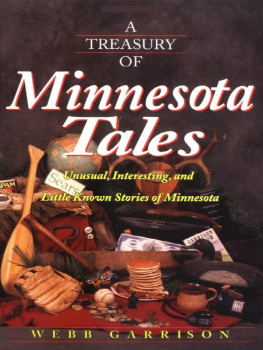


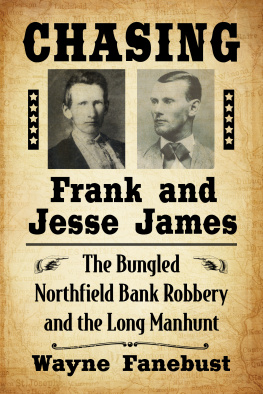

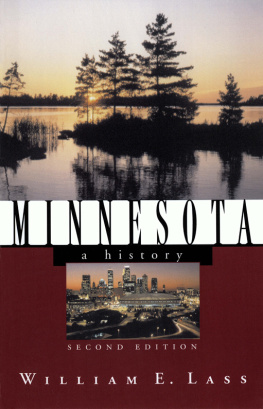

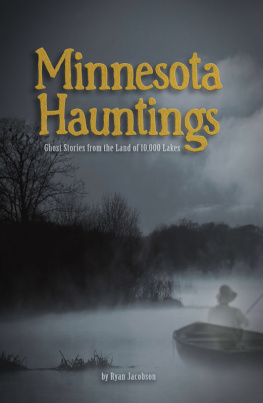
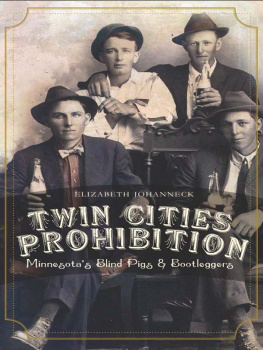

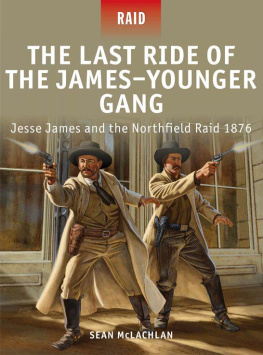
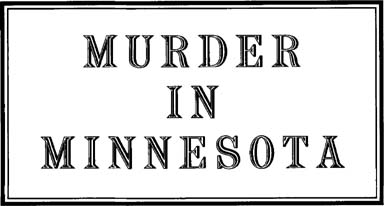

 The paper used in this publication meets the minimum requirements of the
The paper used in this publication meets the minimum requirements of the